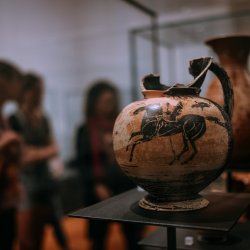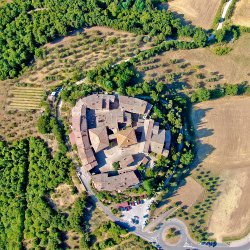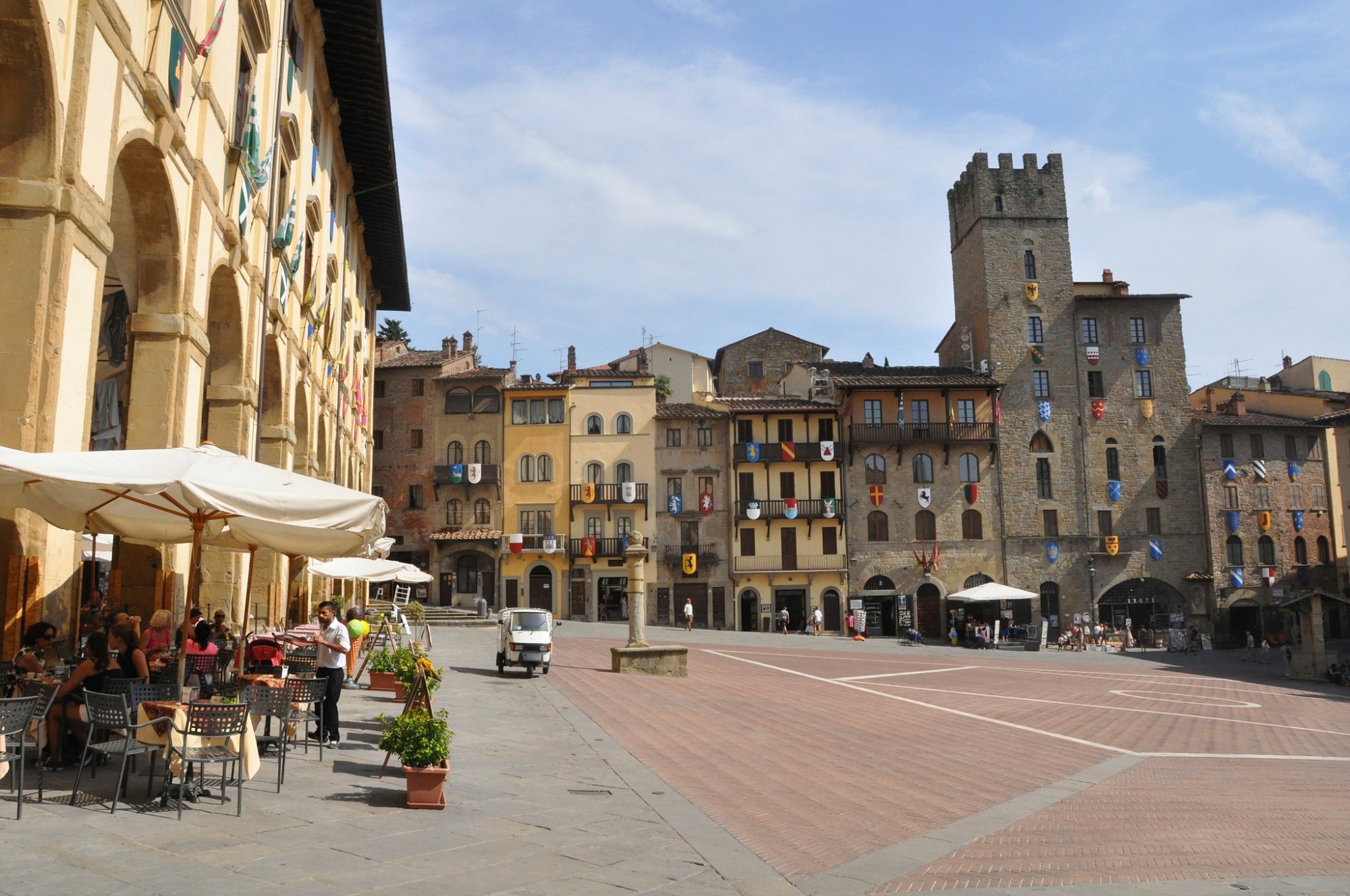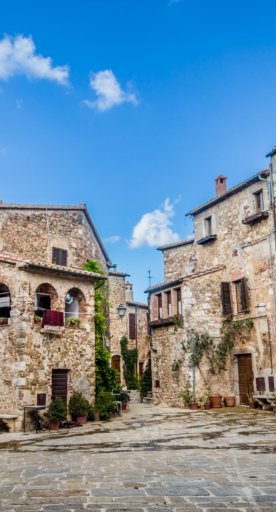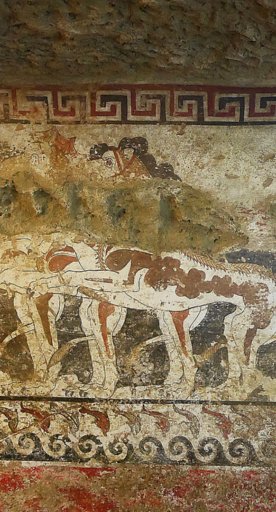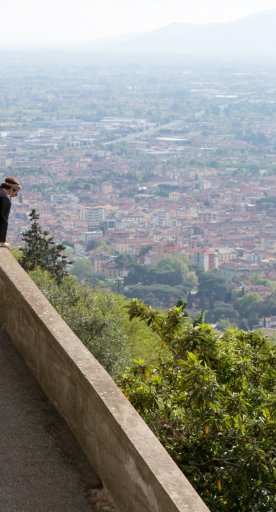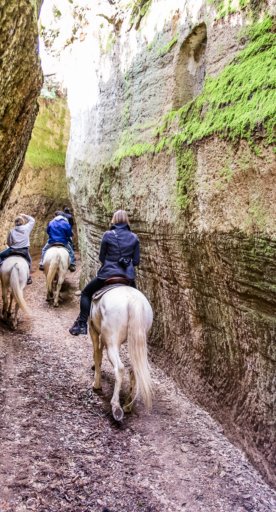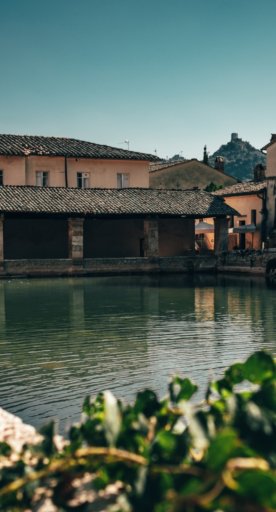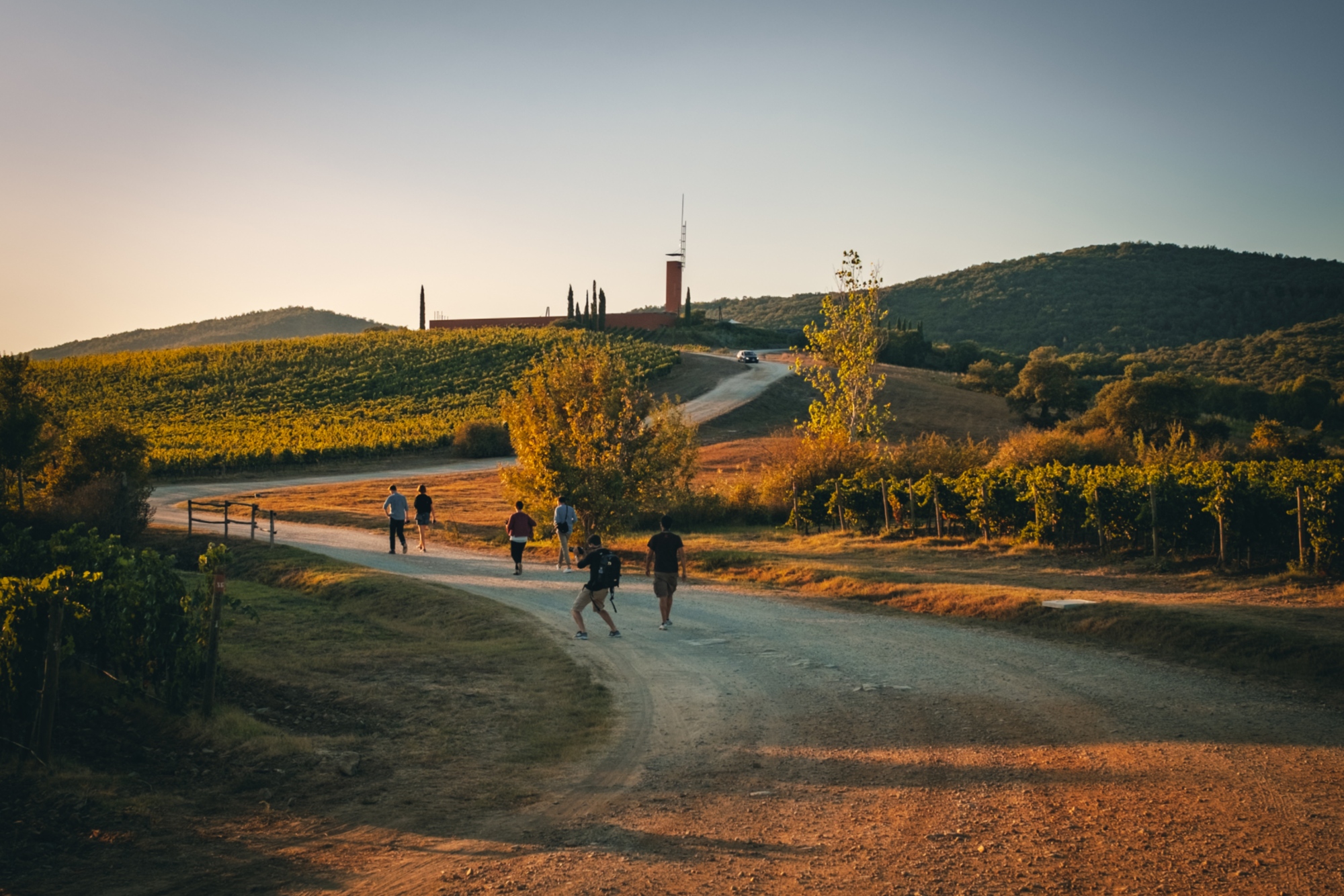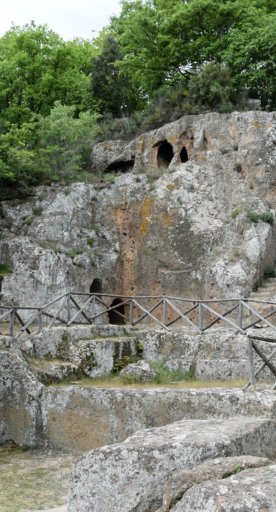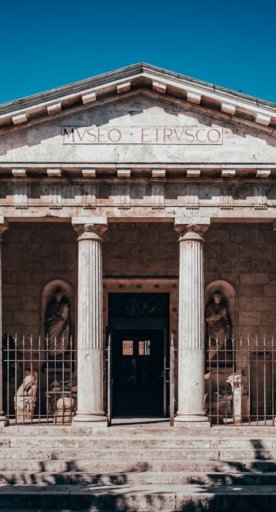Roselle, where ancient History brings to life
In the footsteps of the Etruscans in the archaeological area of Roselle, a vibrant Etruscan city
Much of what we know about the ancient Etruscans comes from a funerary context—tombs, buried objects, and necropoli or cities of the dead. But at the archeological site at Roselle, in southwestern Tuscany, we can experience a vibrant Etruscan city of the living. For visitors, exploring Roselle offers an unparalleled opportunity to walk in the footsteps of the ancient Etruscans.
The archeological park of Roselle sits on a high bank of hills northeast of Grosseto. Naturally defensible and advantageously situated for both agriculture and water access, it’s no surprise that the area has been inhabited since prehistoric times. The Etruscans built defensible walls around two hills in the seventh century BCE, and quickly established a town that flourished in international trade, artisanal industry, and prosperous living.
-
1.Paved roads of the Etruscan era
-
2.Artisan workshops
-
3.Etruscan houses
-
4.Street food vendors
-
5.Public buildings

What’s unique about Roselle is that visitors can appreciate aspects of Etruscan culture that aren’t visible at other sites. Here are just a few:
Paved roads of the Etruscan era

Beneath the evenly cut paving stones of the Roman roads lie a preexisting system of Etruscan-era pathways that run throughout the town. Some of these stones have the tracks of ancient wagon wheels embedded in their surfaces
Artisan workshops
On the edge of town, archeologists have uncovered the remains of a pottery workshop and a blacksmith’s forge likely in use during the Etruscan era.
Etruscan houses
The remains of Etruscan residences give us a feel for Etruscan living space, as well as help us understand how Roman houses evolved based on Etruscan models.
Street food vendors

The Etruscan residents of Roselle, and then the Romans, had a well-established practice of selling food from small shops along the main streets of the town. Food vendors sold takeaway meals in terracotta containers to townspeople who stopped at their windows at midday. Ancient street food… Who knew?
Public buildings

Etruscan foundations of public buildings, perhaps temples and squares, would later become an expansive public forum as the Romans built on top of the Etruscan footprint. The Etruscan religious center of the town sat along the edge of a high cliffside. We believe that the Etruscan temple façade faced outward, projecting over the valley, and would have been visible from a far distance.
One of the reasons why there are many Etruscan ruins left at Roselle is that its Etruscan residents managed to achieve a diplomatic—rather than a violent—transition to Roman rule beginning in the third century BCE. Thanks to this more peaceful process of Romanization, many of the structures remained intact, and so the Etruscan foundations of the town are left for visitors today to explore. The town was abandoned in the Middle Ages, when residents moved to nearby Grosseto, and then the area was left for archeologists to uncover in the modern era for all of us to appreciate.


